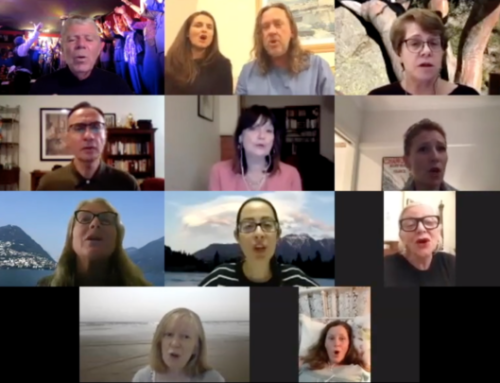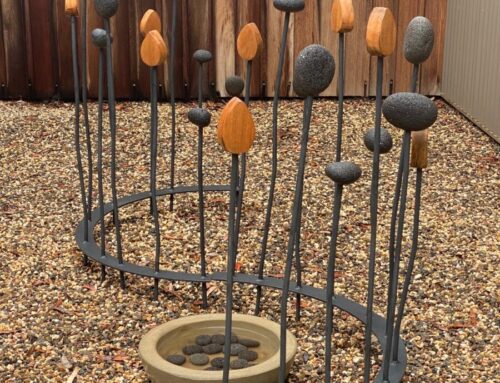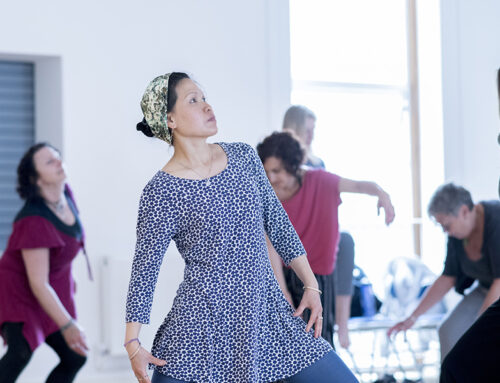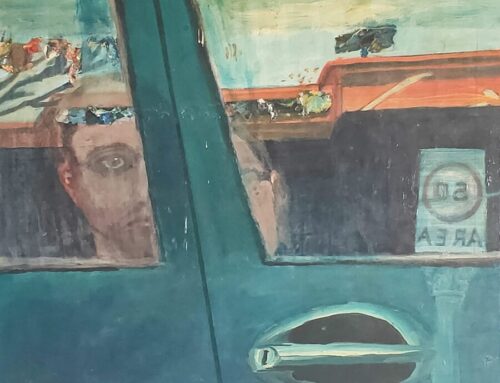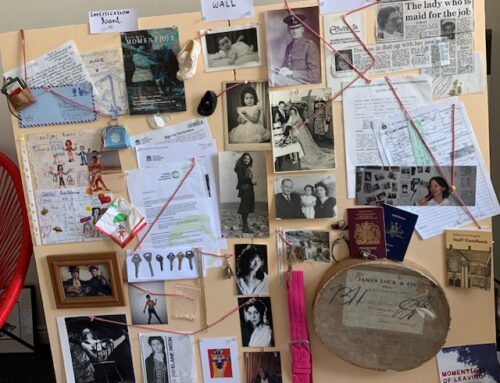About 5 years ago JaiRujira Jaru was given her first disposable camera by Homeless and Focus, a small network of socially active photographers, who, in recognising JaiRujira’s abilities and desire to progress, encouraged her to go digital and take her photography further. These same Homeless and Focus members became mentors; “they invested in me, believed in me. I’ve learnt that there are many perspectives to things we see, things we hear.”
The process of photography has been a therapeutic experiential tool that I have discovered in my healing journey. It has been a way for me to practice mindfulness strategies such as being present in the moment and being grounded. And observing my surroundings in order to see beyond my immediate perspective.
KX (Kings Cross) is a reflection of when I first came to Sydney. The perspective portrayed could represent any number of people – from the inebriated who has passed out, a drug user or a homeless person. Going out with someone from Homeless and Focus that evening to take that photo (among others) was a big step in trust for me, as I don’t often go out at night anymore, and it is a new feeling to have another person take time to teach and invest in me. It was a lesson in confidence, competence and value.
Simpson’s Gap (2018) signifies my growth and trust in self-worth. I had not been on a real holiday in many years and this was a chance to do something nice for myself and good for the Alice Springs community (as we were also starting a pilot project using disposable cameras).

Simpson’s gap (2020), digital photograph
This image speaks strongly about some of the big topics on our nation’s agenda – Indigenous land rights, the ongoing drought and climate change consequences. When we arrived, this is where we first stopped. It was silent, barren, vast. Each going our separate ways, we were able to connect to this land. My feet in the sand – Mike from Homeless and Focus sitting on that fallen log, hot dry and alone. But we were connected with the earth and with each other.
My story and my work is often centered around homelessness and mental health. In recent times I have found myself seeing new issues first-hand and wanting to document them somehow. Things such as the bush fires and now the pandemic. The true impacts need to be told; sometimes it gets heavy and I have to make a conscious choice to step back a little and approach it another way. It isn’t always the obvious or literal things that we see, maybe sharing is what keeps people going – the hope, motivation and inspiration. As a photographer, I know there is always more.
In all the work I share, I hope that others can find a connection or strength to continue – I guess that is resilience? Life is a recovery or response from one thing to another. It is a progression, a development that I experience.
The Making Effect is often like ‘process work’ a series of emotions or events to go through. Sometimes there is the unexpected revelation, as unconscious issues are raised, occasionally it is cathartic and there can be closure. The process of photography has been a useful way for me to practice interpersonal dynamics, as well as a way to explore issues through the themes and images portrayed. Consequently, this impacts the people around me, those in my daily life who see how this creativity affects me and also the viewers who respond to the images.

JaiRujira Jaru
I invite people to look at my image/s and ask themselves “what else could be happening here?”
More of Jai’s recent exhibition can be found at http://www.homelessinfocus.com.au/uncategorized/jais-exhibition-success-lost-perspectives/

